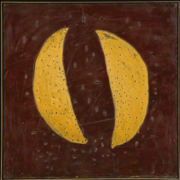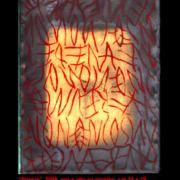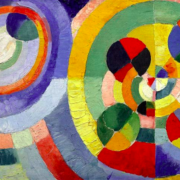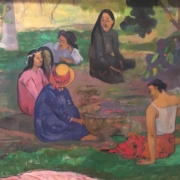Evolution of the psychoanalytic theory of anorexia
Abstract
The author carries out a brief theoretical and bibliographic review on the various psychoanalytic perspectives that have tried to focus on multiple aspects of anorexia and introduces her hypothesis by exploring new points of knowledge on the disorder through the presentation of a case of early anorexia. The article focuses on the complex intrapsychic and relational vicissitudes of the anorexic world, following the Bionian theory (1965) of “transformations into hallucinosis”; it is a question of an “other” world, wonderful and “superior”, different from the human one of the given body. By making a pact with the divinity, the anorexic produces a double movement of denial, both with respect to the breast and the “lower” maternal body, and with respect to the mating of the parents; the denials multiply, extending, with puberty, to the prescription of the sexuality of one’s own body and to the multiple fragments of reality involved. In the context of a terrible complicity with the “savior” father, antagonist at the breast (Camassa, 2012) and against the breast and the mother, patients with anorexia cannot grow: they are always, eternally, nine years old, like the nymphs of Artemis. If the analyst allows himself to be dazzled by the narcissistic exaltation of the cult of the “superior” body without distancing himself from it, he will be able to understand, with his tools, the reasons for this incarnation and avoid witnessing the mortification of the real body. In the hypothesis set out, the terrible effects of the great anorexia are, from the patient’s point of view, the martyrdom of the upper body, its via crucis, the destiny of the Incarnation.





